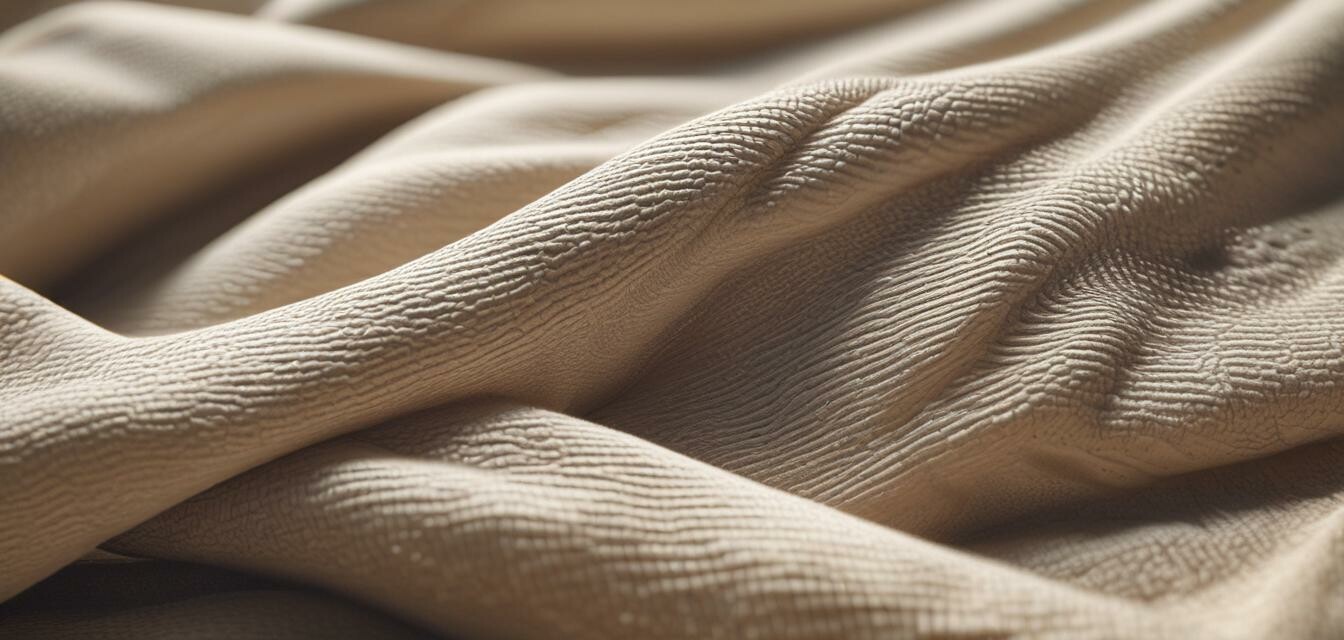
Innovations in UV Protection Technology
Key Takeaways
- New fabrics and treatments are significantly improving UPF ratings.
- Technological advancements are making UV clothing more stylish and versatile.
- Increased awareness of skin health is driving innovation in the industry.
- Eco-friendly materials are becoming popular in UV protective clothing.
- Adaptations in UV clothing are enhancing functionality for various outdoor activities.
As awareness about skin health continues to rise, so does the demand for effective UV protective clothing. In recent years, advancements in technology have paved the way for innovative fabric treatments and designs that significantly enhance sun protection for wearers. This article explores the latest innovations in UV protection technology, the benefits of these advancements, and the future trends shaping the industry.
Understanding UPF Ratings
Before diving into the innovations, it's essential to understand what UPF (Ultraviolet Protection Factor) ratings mean. These ratings indicate the level of UV protection provided by clothing. Here's a quick breakdown:
| UPF Rating | Protection Level |
|---|---|
| 15-20 | Good Protection |
| 25-35 | Very Good Protection |
| 40-50+ | Excellent Protection |
Recent Innovations in UV Protective Clothing
Several cutting-edge developments in UV protective clothing have emerged recently. Below are some of the most notable innovations:
- Advanced Fabric Treatments: Many brands are now using specialized chemical treatments that enhance the natural UPF of fabrics, allowing them to block even more harmful UV rays.
- Moisture-Wicking Technology: New moisture-wicking fabrics help keep the wearer cool and dry while maintaining UV protection, making them ideal for active lifestyles.
- Eco-Friendly Options: Sustainable fabrics, made from recycled materials, are gaining popularity, appealing to environmentally conscious consumers.
- Fashion-Forward Designs: The new generation of UV clothing blends style with function, offering a variety of designs that can be worn in various settings, from casual outings to athletic activities.
- Customizable Protection: Some brands are developing adjustable UV protection levels, allowing consumers to choose how much protection they need based on different activities or sun exposure levels.
Benefits of Enhancements in UV Protection Technology
The advancements in UV protection technology offer multiple benefits for consumers:
- Consistent protection over extended periods without the need for reapplication like traditional sunscreen.
- Greater comfort during outdoor activities, thanks to breathable and moisture-wicking properties.
- Increased confidence in sun protection, especially for those who are photosensitive or have children.
- Cost-effectiveness due to durability and longevity of UV protective clothing compared to regular clothing combined with sunscreen.
The Future of UV Protecting Apparel
The UV protective clothing market is continuously evolving. With the rising trends in sustainable fashion, it's expected that more brands will implement eco-friendly practices while innovating their designs. The development of smart fabrics, which integrate technology to dynamically change protection levels based on environmental conditions, is also on the horizon.
Emerging Consumer Preferences
As we move forward, consumer preferences are also shaping the direction of the ultraviolet protective clothing market. Consumers are increasingly looking for:
| Feature | Importance Level |
|---|---|
| Style | High |
| Eco-Friendliness | Moderate |
| Performance | High |
| Price | Moderate |
Conclusion
The innovations in UV protective clothing technology not only enhance the way we protect ourselves from harmful UV rays but also reflect a significant shift in the fashion landscape. As companies continue to push boundaries in fabric technology and design, consumers are given better options tailored to their needs and lifestyles.
Pros
- Better protection from UV rays.
- Improved comfort and dryness during use.
- More stylish options for everyday wear.
- Sustainable and eco-friendly choices available.
Cons
- Generally higher upfront cost than regular clothing.
- Potential for confusion over UPF ratings.
Tips for Choosing the Right UV Protective Clothing
- Look for garments with a UPF rating of 30+ for effective protection.
- Consider your primary activities and choose fabrics that suit your needs (e.g., moisture-wicking for high-intensity sports).
- Check for breathable materials to enhance comfort.
- Opt for styles that you feel confident in to ensure you'll wear them often.
Learn More
For more information on how UV protective clothing can fit into your lifestyle, check out our Buying Guides and stay updated with the latest trends in UV clothing by visiting our News and Trends section.